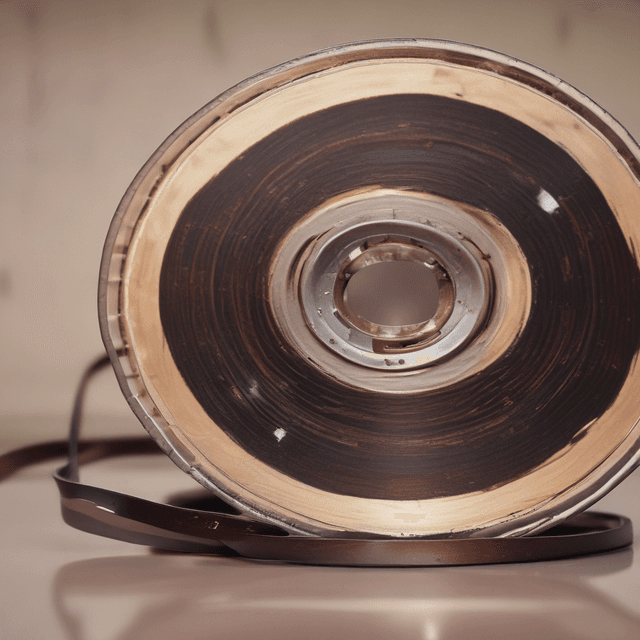
| Impact | Integral to music production across genres |
| Origin | 1930s, Europe |
| Pioneers | Avant-garde classical composers |
| Technique | Tape loops |
| Compared to | Digital sampling and synthesis |
| Current Use | Continued use by musicians |
| Applications | Experimental composition • Sampling • Sound collage • Rhythm-based composition |
Tape loops, the process of recording sound onto magnetic tape and then manipulating or repeating that recording, originated in the 1930s as an experimental compositional technique used by European classical composers. Over the following decades, the use of tape loops expanded dramatically, becoming a crucial tool in popular music production and enabling new forms of sonic exploration and collage-based composition.
The first known use of tape loops in music composition dates back to 1935, when the Musique concrète pioneer Pierre Schaeffer began experimenting with the newly-invented magnetic tape recorder at the Radiodiffusion Française studios in Paris. Schaeffer and other early electronic and concrete music composers like Karlheinz Stockhausen, György Ligeti, and [[Edgard Varèse saw tape loops as a way to break free from the rigid constraints of traditional Western notation and instrumentation.
By recording short snippets of sound, looping them, and then manipulating the playback speed, direction, and texture, these composers could create complex, evolving textures and rhythmic patterns never before possible. Tape loops allowed the seamless blending of environmental sounds, acoustic instruments, and electronic tones into new sonic landscapes.
While tape loop techniques remained confined to avant-garde classical circles through the 1940s, they began to see wider adoption in popular music production starting in the 1950s. Rock and roll, R&B, and jazz musicians increasingly incorporated tape loops and tape manipulation into their recordings, taking advantage of the creative possibilities.
Some of the earliest mainstream uses of tape loops appeared in the Phil Spector-produced "wall of sound" recordings of the early 1960s, where looped and reverberated instrumentation created a dense, layered sonic texture. The Beatles, The Beach Boys, and other major acts of the British Invasion era also made pioneering use of tape loops, both in the studio and during live performances.
As tape recorder technology advanced through the 1960s and 70s, tape loops became increasingly sophisticated and versatile. Drummers and rhythm sections began using tape loops to create complex, repeating rhythmic patterns that were impossible to play live. Electronic music producers, from Delia Derbyshire to Kraftwerk, utilized tape loops as the building blocks for their compositions.
Sampling and Plunderphonics emerged as new compositional techniques centered on the recombination of tape-based sound fragments. Musicians like Holger Czukay, Oskar Sala, and Terry Riley pushed the outer limits of tape loop experimentation, creating densely layered, chance-based collages.
The rise of digital sampling and synthesis technologies in the 1980s and 90s initially threatened to make tape loops obsolete. However, many musicians and producers have continued to incorporate tape-based techniques into their work, citing the unique textures, imperfections, and unpredictability of the medium.
Contemporary artists like Jonny Greenwood, Trent Reznor, and Brian Eno have all made extensive use of tape loops, often blending them with digital processing. The resurgence of analog recording and cassette culture has further renewed interest in the expressive potential of tape-based sound manipulation.
While digital tools have taken over many of the practical functions that tape loops once served, the enduring appeal of their hands-on, warmly imperfect sound quality ensures that tape loops will continue to play a role in music production for years to come. The innovative pioneers of the 20th century laid the foundation for tape's lasting creative impact on composition and sonic experimentation.